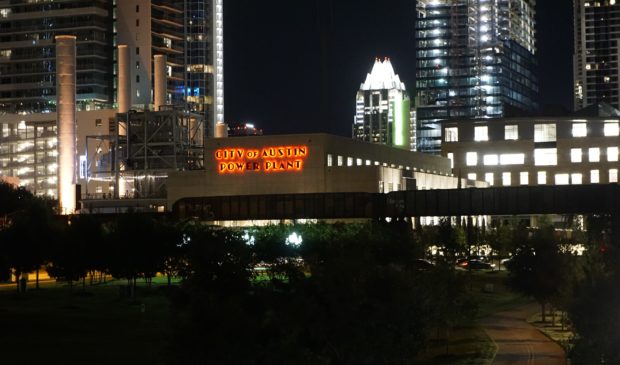Audit finds tax increment financing works
Monday, February 3, 2020 by
Jo Clifton According to a report from the Office of the City Auditor, the city has successfully used tax increment financing to attract development to places that otherwise might not have seen new infrastructure, such as Austin’s old airport, now the Mueller neighborhood. The city’s other three TIF districts are also on track to achieve the goals established by the community for those districts, according to Matt Clifton, the auditor in charge of the team.
All of the goals the city had for Mueller have been achieved, except for one that required the existence of a light rail system, according to the audit.
Clifton painted a positive picture of all of the city’s TIF districts for members of the Council Audit & Finance Committee at Wednesday’s meeting.
Tax increment financing is a financial tool cities use to designate certain areas in which the value of properties is frozen at the initial or “base value” for a number of years. Property owners continue to pay taxes, contributing to the city’s General Fund based on the base value of the property. However, any tax revenue collected on the enhanced value of the property – the tax increment – is deposited into a TIF fund.
In cases where bonds have been sold to finance improvements, the TIF money is used to pay back the bondholders. According to the report, the goals of the Mueller TIF included creation of a mixed-use community with 1.1 million square feet of office space, 790,000 square feet of retail and 1.2 million square feet of institutional use, such as schools, parks and open space. In addition, the TIF has achieved a goal of creating 4,900 housing units, including 25 percent reserved as affordable, auditors reported.
The other TIFs – at Waller Creek, the old Seaholm Power Plant and the Second Street TIF – also achieved their goals, though Council Member Leslie Pool expressed unhappiness about the fact that the Seaholm plant is not open to the public as originally envisioned. She noted that the original developer of the property had sold it to another developer and the beautiful plant building she had hoped would be available for the public to enjoy is now private property.
The Waller Creek TIF has achieved its goals of constructing a tunnel to mitigate a 100-year storm event, reducing the floodplain by about 28 acres and providing for parkland improvement and trail construction.
The Second Street TIF is a different kind of district. When the city signed the agreement with an unnamed business, the city agreed to contribute $100,000 per year for maintenance activities in the district. Auditors said that since the TIF district has not increased proportionately to account for inflation, the city’s Building Services Department, as well as the Economic Development Department and the Great Streets program, have had to make up the difference. Clifton told the Austin Monitor that the 2020 budget includes $191,000 for maintenance within the district. However, if the city failed to pay for necessary maintenance, it might be in breach of its contract with the business, auditors said.
Download (PDF, 1.91MB)
Photo by Spawnzilla [CC BY-SA 4.0].
The Austin Monitor’s work is made possible by donations from the community. Though our reporting covers donors from time to time, we are careful to keep business and editorial efforts separate while maintaining transparency. A complete list of donors is available here, and our code of ethics is explained here.
You're a community leader
And we’re honored you look to us for serious, in-depth news. You know a strong community needs local and dedicated watchdog reporting. We’re here for you and that won’t change. Now will you take the powerful next step and support our nonprofit news organization?









